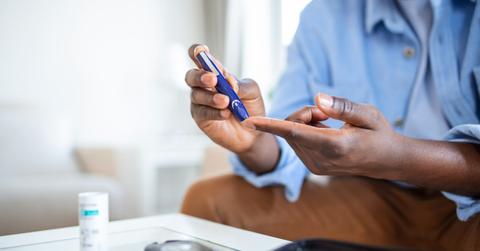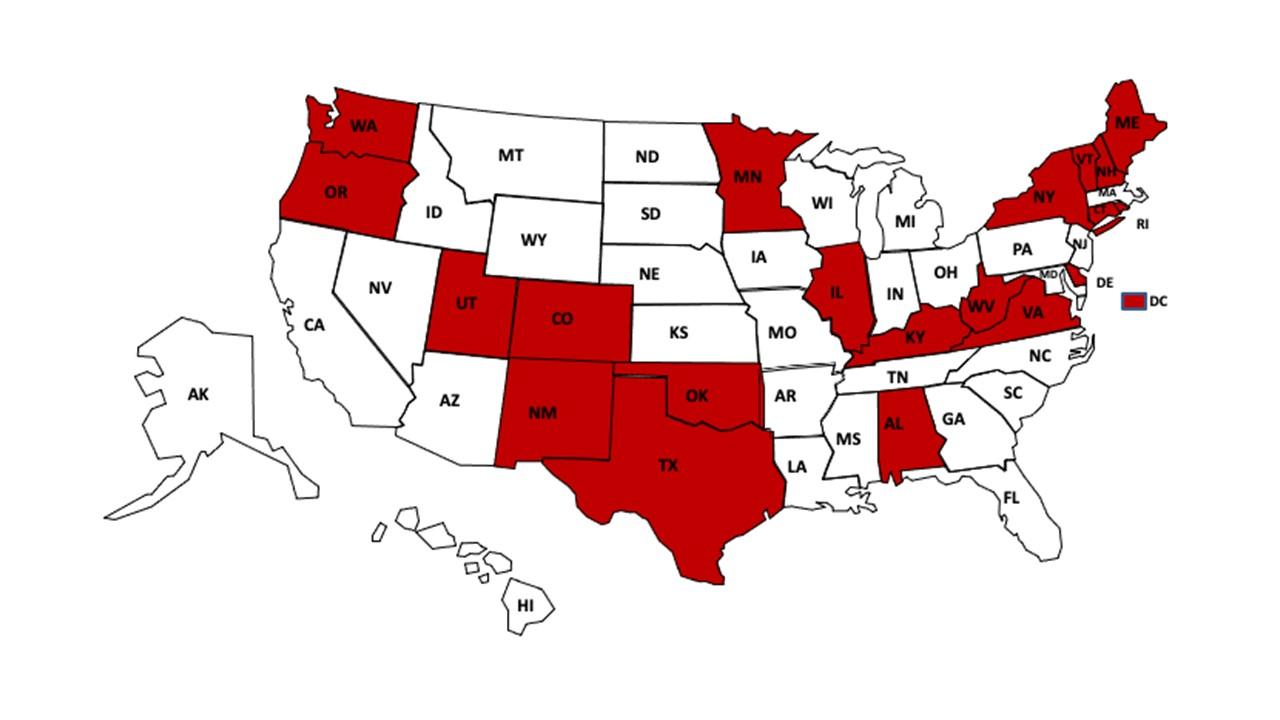Millions of Americans Struggle to Afford Insulin, Despite Low Cost to Produce
Even though insulin is a necessity for many, it's one of the most expensive prescriptions. What does it cost to manufacture insulin and why do consumers end up paying high prices?
Oct. 18 2022, Updated 12:16 p.m. ET

For millions of Americans with diabetes, insulin is vital to their quality of life — for some, it can literally be a matter of life or death. Although insulin has been around for over 100 years, insulin prices have skyrocketed over the last 20 years.
In August 2022, President Joe Biden signed the Inflation Reduction Act into law.
As of Jan. 1, 2023, the bill will cap the price of insulin at $35 per month for seniors on Medicare. However, the bill doesn't include any assistance for millions of younger or uninsured Americans who struggle to afford insulin.
So, how much does it actually cost for pharmaceutical companies to manufacture insulin, and why do consumers pay so much? Keep reading for all the details.

How much does it cost to manufacture insulin?
One vial of insulin only costs between $2 and $10 to make, depending on the type, according to Verywell Health. However, for consumers, one vial of insulin can cost between $50 and $1,000, and a pack of insulin pens can range from $45 to $600.
So, if a vial of insulin goes for $1,000 and that insulin costs just $10 to make, that's a 100x markup for consumers. And whereas insurance reduces the price somewhat, it still leaves a dent in your out-of-pocket expenses.
Why does insulin cost so much?
Insulin manufacturers claim that the drug costs so much because there's a limited number of manufacturers in the U.S., meaning supply can't keep up with demand.
However, insulin has been costly for decades, and manufacturers have had plenty of time to come up with a solution. Many think that the drug's cost is high because manufacturers can simply set the price that they want.
Three companies own 90 percent of the U.S. insulin market, which is valued at over $22 billion. Those companies are Eli Lily, Novo Nordisk, and Sanofi.
And with those three manufacturers having such strong control over the market, it has been difficult for other businesses to compete.
Patients have been rationing insulin amid high prices.
According to recent studies by the CDC and the Annals of Internal Medicine, one in five Americans with diabetes has rationed their use of the drug due to high prices.
This includes skipping doses, delaying refills, or using a lower dose than needed in order to save money. Roughly 1.3 million adults, or 16.5 percent of those who need insulin, have resorted to rationing.
Uninsured Americans as well as those with private health insurance (underinsured) were the most likely to ration insulin. Rationing was also found to be more common among type 1 diabetics, which is concerning because rationing could lead to diabetic coma or death. Rationing for type 2 diabetics also carries long-term health risks including heart, kidney, and eye disease.
What's being done to lower insulin prices?
Currently, there isn't a federal law to cap insulin costs for people who aren't on Medicare. So far, 20 states and Washington, D.C. have taken matters into their own hands and placed caps on insulin prices.
Initially, the Inflation Reduction Act intended to have a $35 monthly cap for insulin for those who are on Medicare or who aren't insured. However, that bill was shut down by Senate Republicans.
The positive news is that smaller companies are still fighting to provide affordable insulin, and retailers such as Walmart are working on reducing prices for insulin prescriptions.
Civica Rx, a nonprofit drug company, announced in March that it plans to offer generic insulin by 2024 that would cost no more than $30 per vial.
More work is needed on the federal and state level to combat and control high insulin prices. In the meantime, unfortunately, millions of Americans continue to struggle.
For anyone facing insulin challenges, the American Diabetes Association offers resources and assistance.

